1. Using DDT for Pest Control

Once hailed as a miracle pesticide, DDT is now banned in most countries due to its harmful effects on the environment and human health. Its residues linger in ecosystems, disrupting wildlife and food chains.
2. Watering Lawns Without Restrictions
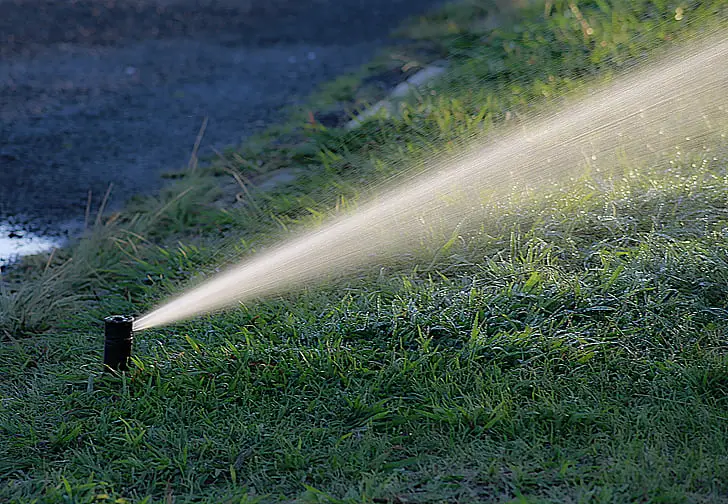
Unrestricted lawn watering was once a suburban staple, but droughts and water shortages have led many states to impose strict irrigation rules to conserve resources.
3. Burning Garden Waste
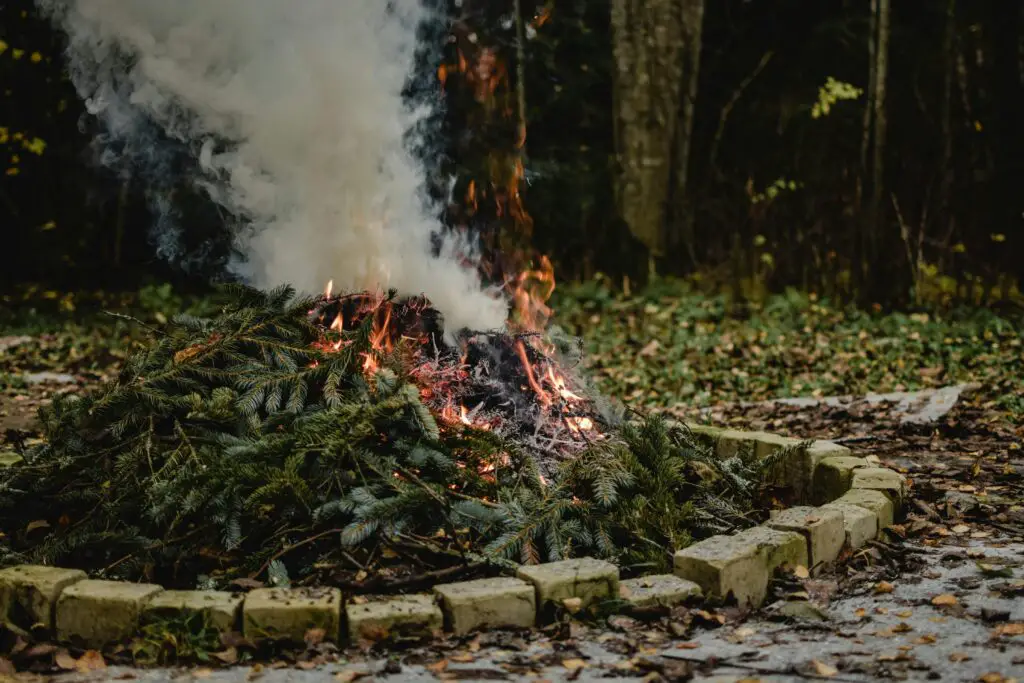
Burning leaves and garden debris was common for cleanup, but this practice is now banned in many areas due to air pollution and fire hazard concerns.
4. Planting Invasive Species
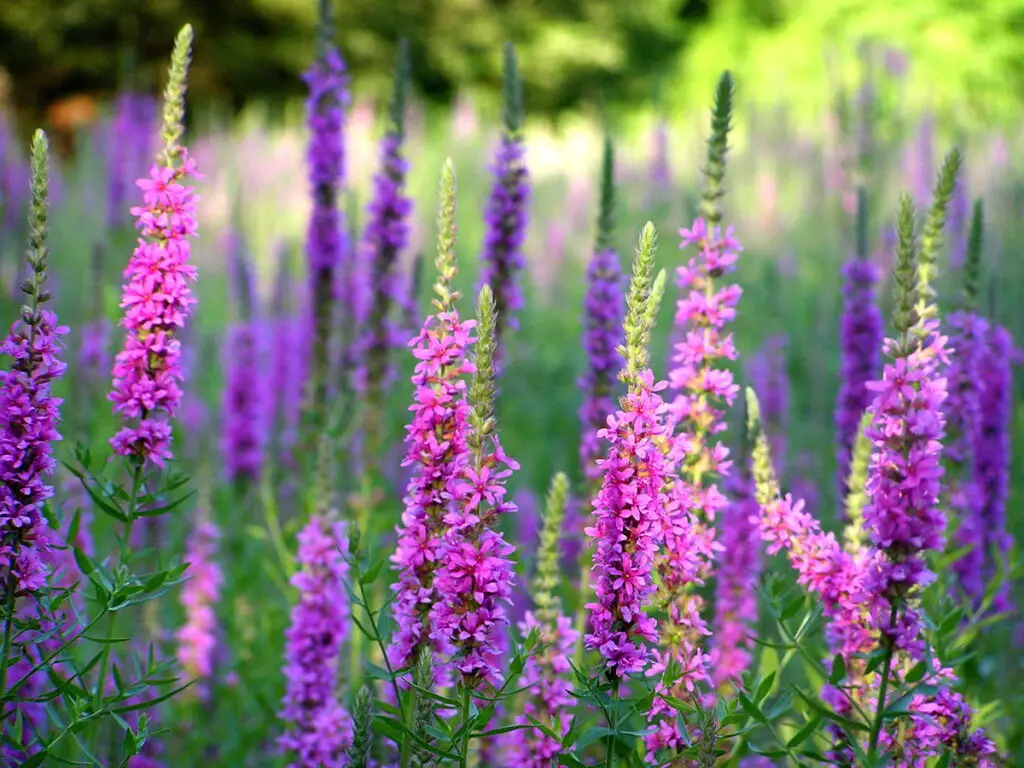
Decorative plants like purple loosestrife and Japanese knotweed were once popular, but they are now banned in many regions for their tendency to overtake native ecosystems.
5. Using Lead-Arsenate Pesticides

Historically used to protect fruit trees, lead-arsenate pesticides are now banned for their toxicity and long-lasting contamination of soil.
6. Harvesting Rainwater Without Permission
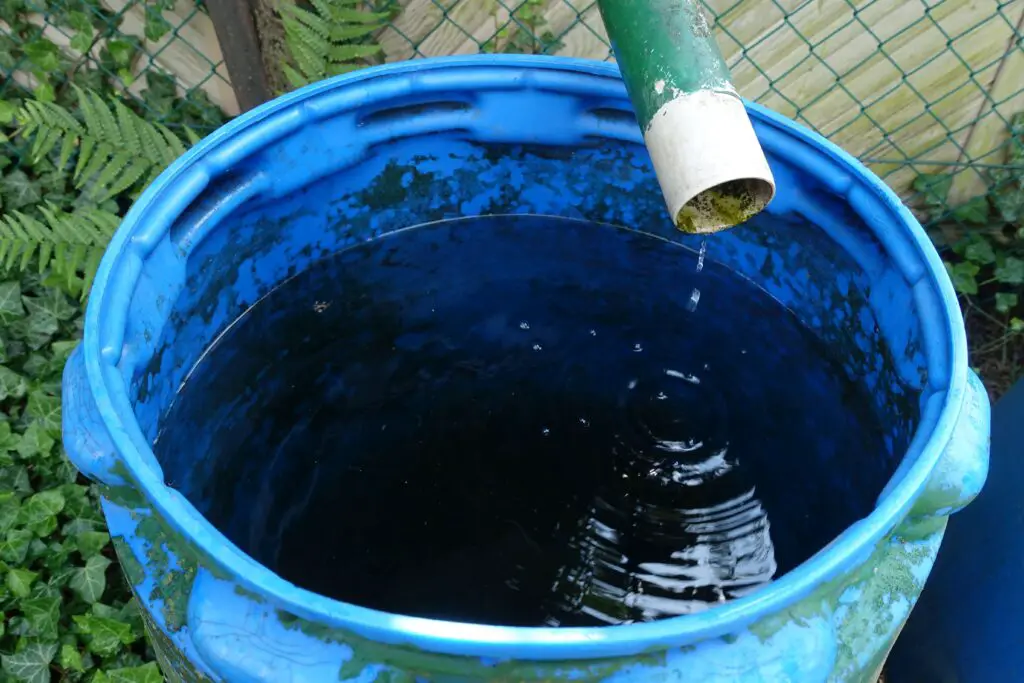
Although eco-friendly, collecting rainwater is restricted or regulated in some states due to water rights laws, making unregulated harvesting a punishable offense.
7. Excessive Use of Fertilizers

Over-fertilizing was once seen as a way to ensure lush growth, but it’s now restricted in many areas to prevent nutrient runoff that damages waterways and marine ecosystems.
8. Planting Certain Trees Near Power Lines
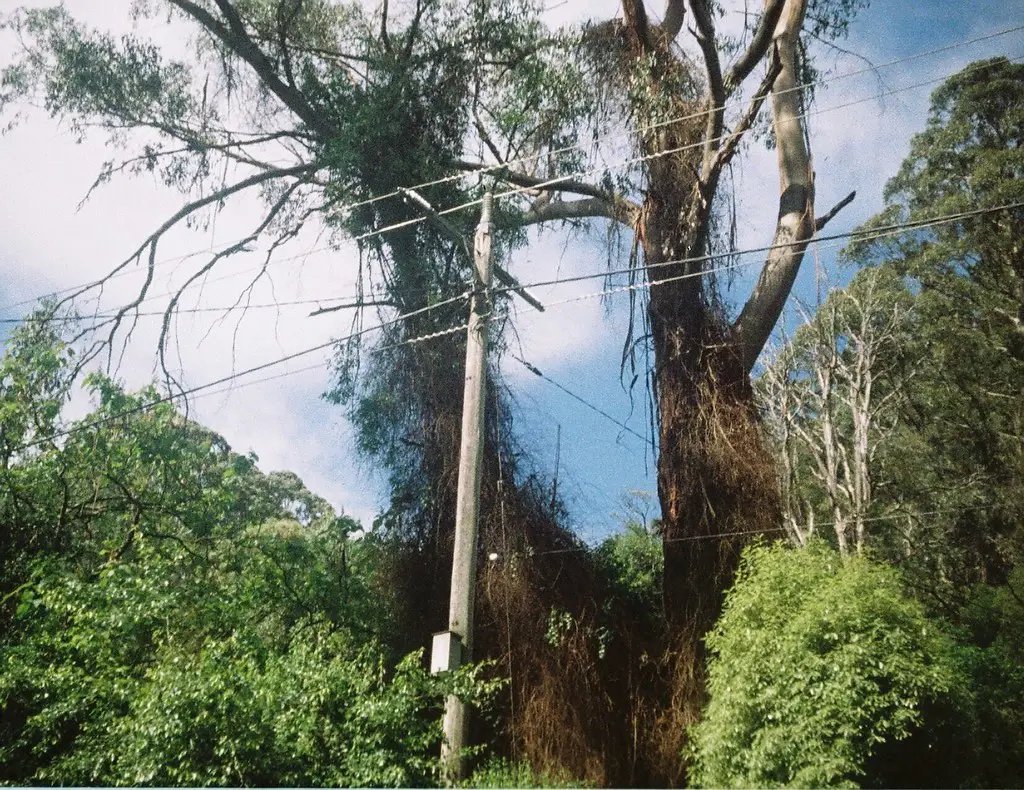
While shady trees were a beloved addition to gardens, planting them near power lines has become prohibited to prevent outages and maintenance issues.
9. Tilling Wet Soil
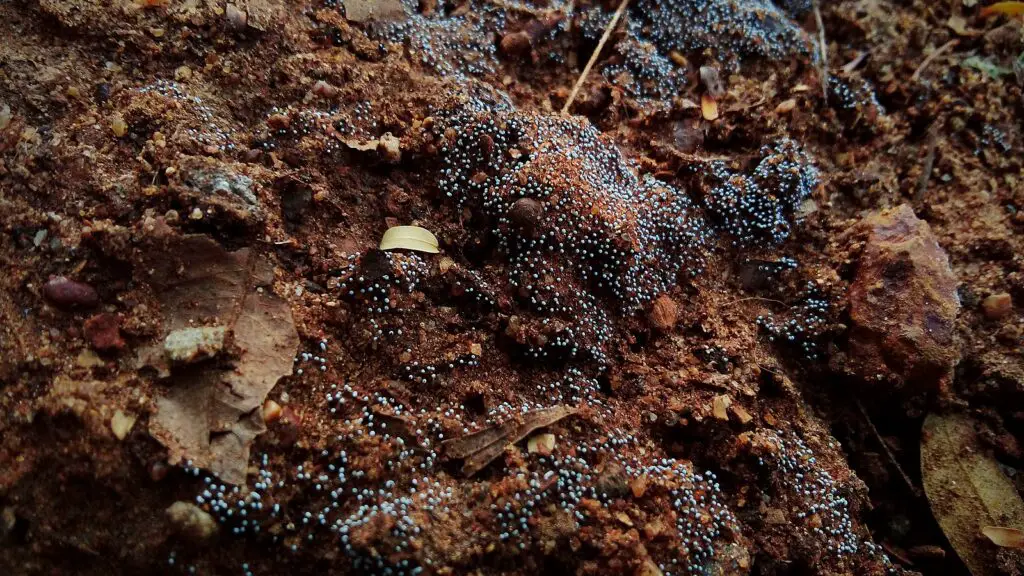
Tilling wet soil used to be common practice, but it’s now discouraged or banned in some regions as it causes soil compaction and erosion.
10. Using Rodenticides Indiscriminately

Rodenticides were a go-to for dealing with pests, but their impact on non-target wildlife like birds of prey has led to stricter regulations.
11. Installing Concrete Gardens
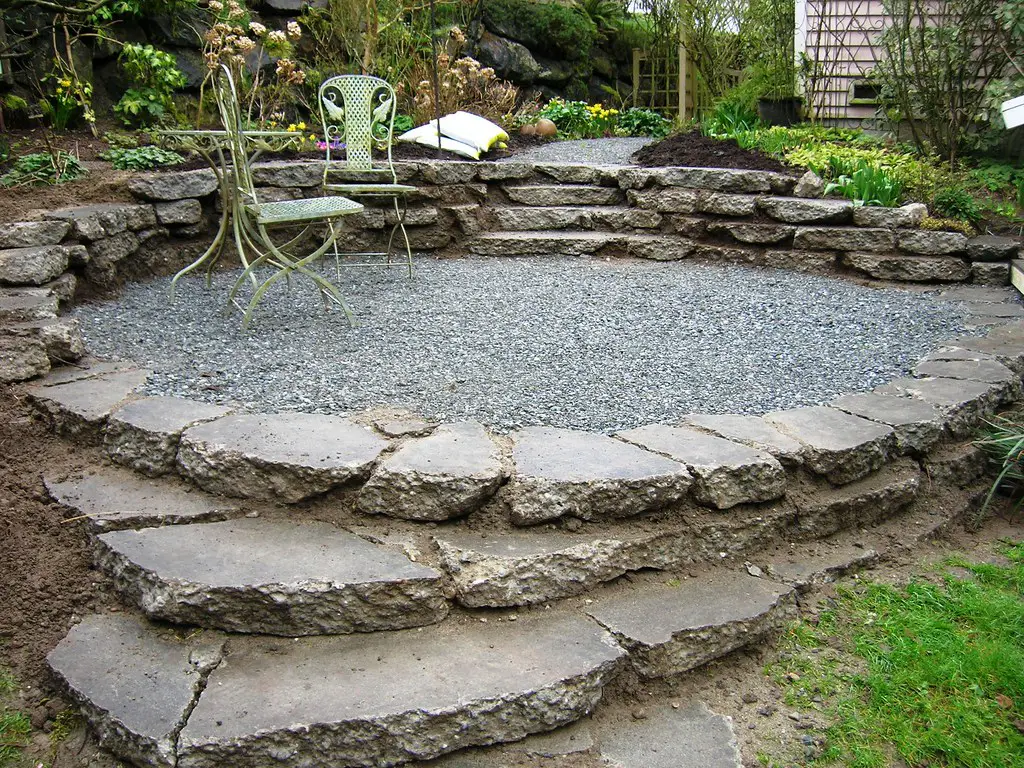
Hardscaping with concrete was a popular way to reduce maintenance, but it’s now discouraged or banned in certain cities aiming to improve water drainage and reduce urban heat islands.
12. Cultivating Plants with Excessive Water Needs
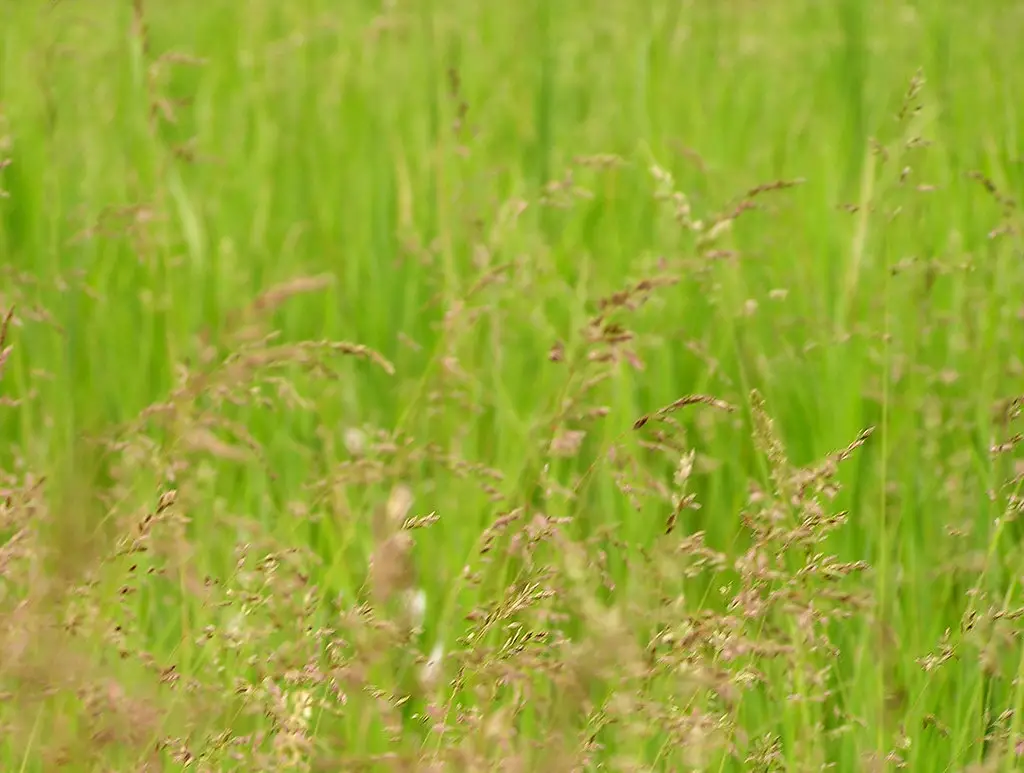
Thirsty plants like Kentucky bluegrass were once standard in landscaping, but water conservation efforts have led to restrictions on planting such species in arid regions.
